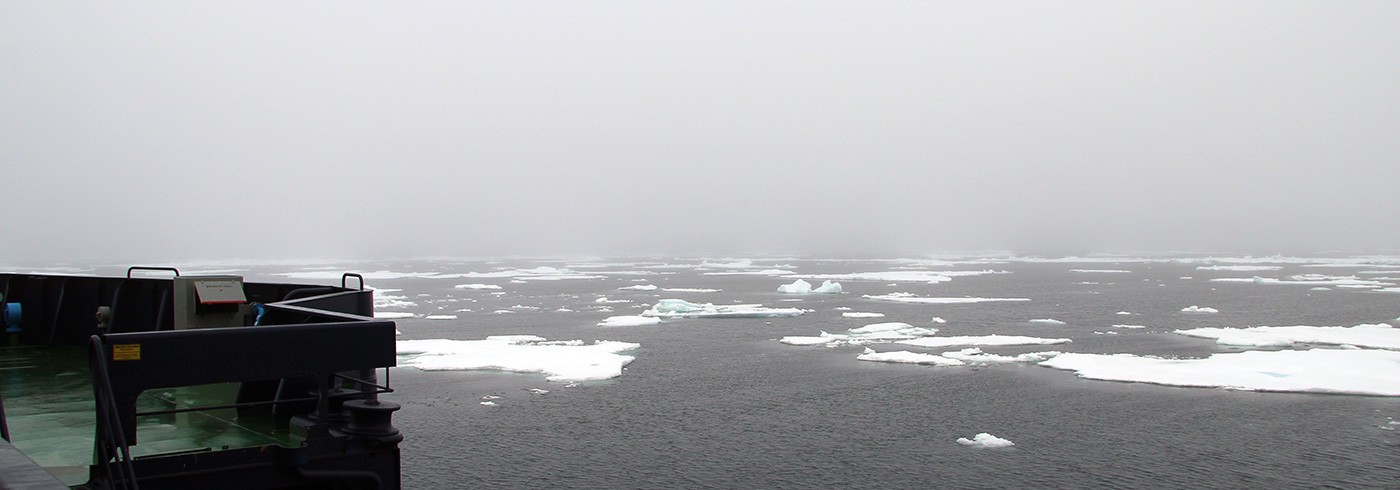Investigation of exposure to whole body vibration for icebreaker crew
19 September 2015 - 30 September 2015Few investigations have been conducted regarding exposure to whole body vibration (WBV) for ice breaker crews. Previous studies have focused on other types of vessels, but not icebreakers.
Investigation took place in the icefield at 82° north of Svalbard. The purpose was to do measurements in Arctic ice, which is much harder than the ice in the Gulf of Bothnia.
The aim is to measure the levels of whole body vibrations the icebreaker crew is exposed to in Arctic icebreaking conditions. The levels of exposure will be compared to levels of acceptance published by the Swedish Work Environment Authority and international standards.
To investigate the level of exposure meters and sensors (accelerometers) was used to log vibrations according to standards (ISO 2631). Data was collected with a handheld field instrument with a rubber plate measure probe. Background data such as ice thickness, ice type, speed, engine power usage, weather etc. was collected through the NTNU project. The studies were done both at open sea and when breaking ice.
The first findings indicate that the levels of vibration are low compared to levels of acceptance. The ongoing work is now focused on statistical processing with correlation analysis.






